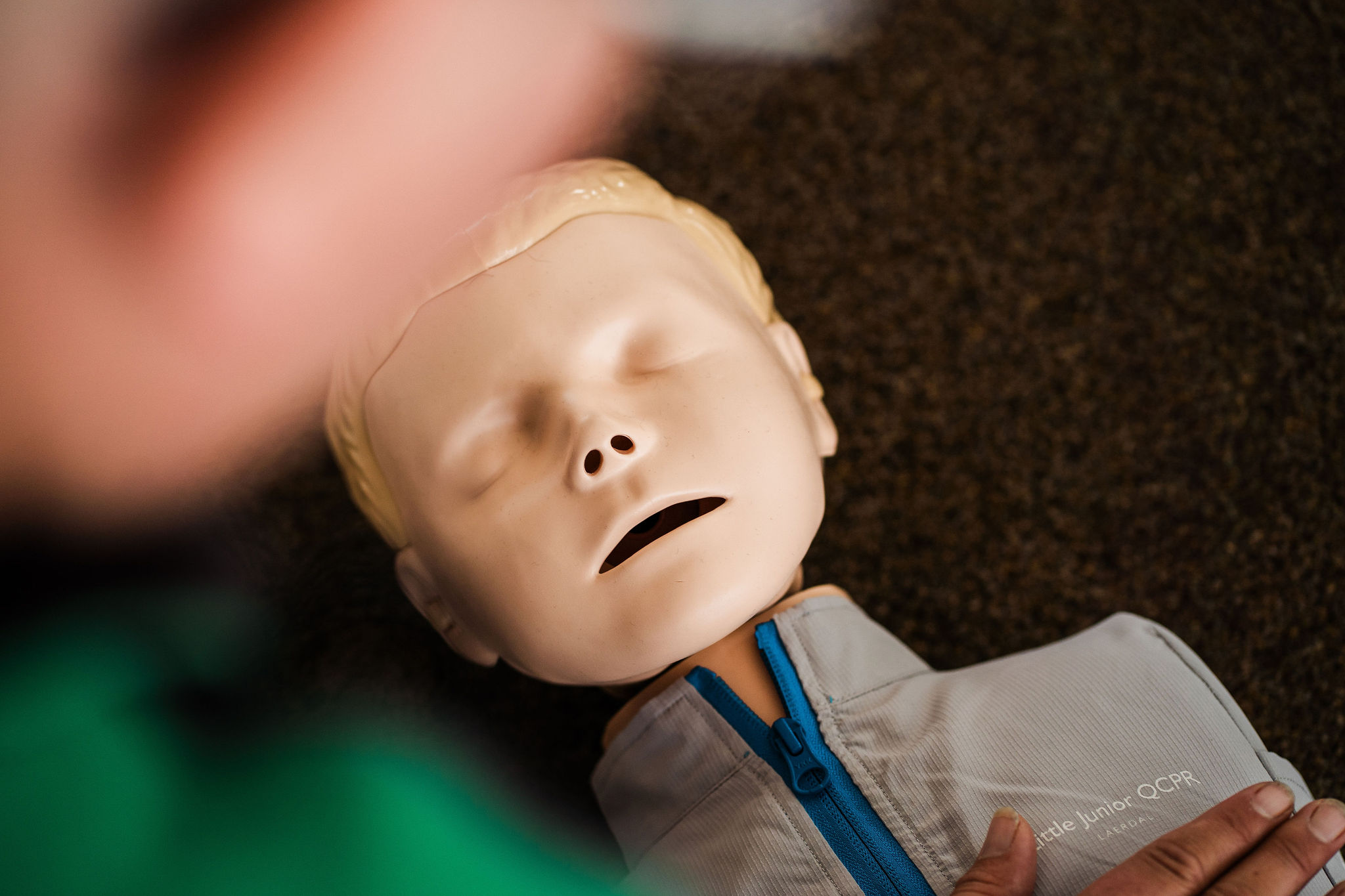Fever in Children - Symptoms & How to Treat

A sustained temperature above the normal level of 37°C is known as a fever. It is most commonly caused by a bacterial or viral infection and can be part of a wider illness such as; earache, sore throat, measles, chickenpox etc.
In young children a temperature above 39°C can be dangerous and may trigger seizures. If you have any doubt about the child’s condition then it always best to seek medical advice.
Here’s how you can manage fever in a child at home.
What to look for
- Raised body temperature above 37°C
- Child may feel cool to the touch with goose pimples, shivering and chattering teeth
- Pale complexion
Later you might find:
- Hot, flushed skin and sweating
- Headache
- Generalised aches and pains.
What to do
Follow the steps below:
Step 1
Keep the child comfortable and cool – ideally in bed with a light covering.
Step 2
Give them plenty of cool drinks to replace fluids lost through sweating.
Step 3
Should the child become distressed or unwell, you can give them the recommended doses of paracetamol syrup (always follow the instructions on the medication packaging).
Step 4
Keep an eye on the child’s breathing, level of response and temperature until they recover. If you have any concerns or the child gets worse always seek medical advice.
